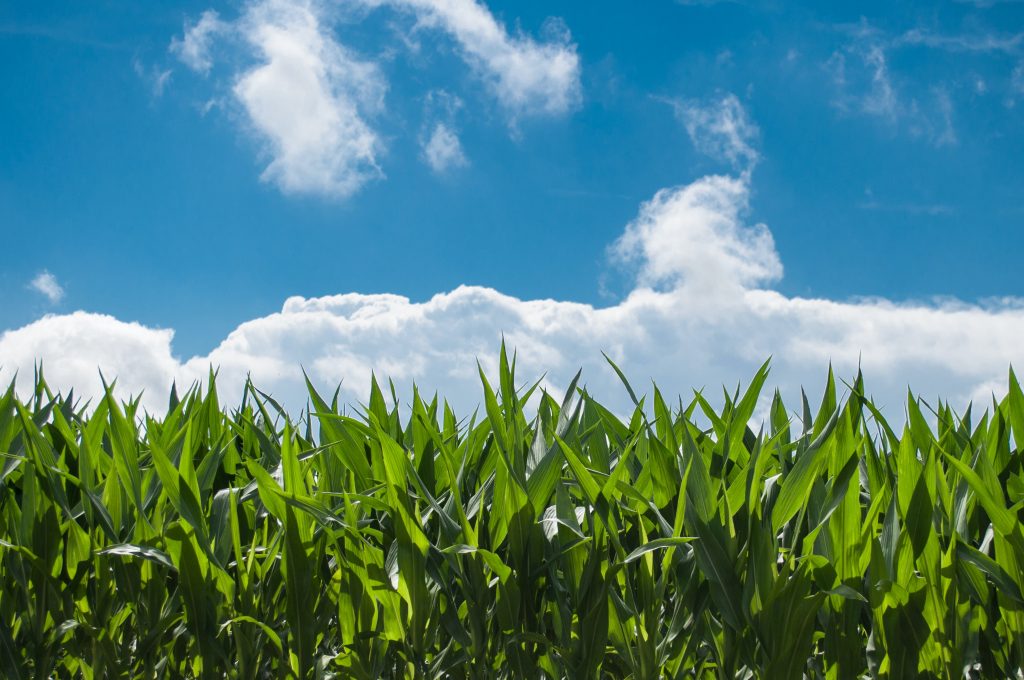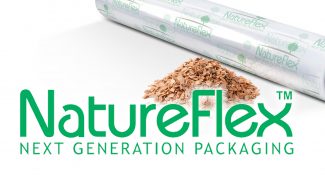Bioplastics are a new generation of biodegradable & compostable plastics, derived from renewable, raw materials such as starch (e.g. corn, potato, tapioca etc), cellulose, soy protein, lactic acid among others.
These bioplastics are not hazardous in production and decompose back to carbon dioxide, water, and biomass when discarded. Corn starch is currently the main raw material being used in the manufacturing of bioplastic resins. Mater-Bi—the main component in corn-starch—and Polylactide/Polylactic acid (PLA, also made from corn-starch) are currently the 2 main resins (raw materials) being used today in the production of compostable & biodegradable plastics and are certified for compostability under standards set by international organizations.
However, other resins are coming into the market made from potato starch, soybean protein, cellulose and more. Most of these are currently not certified for compostability, though some are certified for biodegradability.
The field of bioplastics is constantly evolving with new materials and technologies being researched and being brought to a consumer market.

Biodegradability & Compostability
Bioplastics can take various lengths of times to totally decompose. Bioplastics are meant to be composted in commercial composting facilities, where higher composting temperatures can be reached. The composting time in these facilities is between 90-180 days. Most existing international standards require biodegradation of 60% within 180 days along with certain other criteria for the resin or product to be certified compostable. It is also important to make the distinction between degradable vs. biodegradable vs. compostable as often these terms are used interchangeably.
Compostable Plastic is plastic which is “capable of undergoing biological decomposition in a compost site as part of an available program, such that the plastic is not visually distinguishable and breaks down to carbon dioxide, water, inorganic compounds, and biomass, at a rate consistent with known compostable materials (e.g. cellulose) and leaves no toxic residue.” American Society for Testing & Materials (ASTM). In order for a plastic to be called compostable, three criteria need to be met:
- Biodegrade – break down into carbon dioxide, water, biomass at the same rate as cellulose (paper)
- Disintegrate – the material is indistinguishable in the compost, that it is not visible and needs to be screened out
- Eco-toxicity – the biodegradation does not produce any toxic material and the compost can support plant growth
Biodegradable Plastic is plastic which will degrade from the action of naturally occurring microorganism, such as bacteria, fungi etc. over a period of time. Note, that there is no requirement for leaving “no toxic residue“, and as well as no requirement for the time it needs to take to biodegrade.
Degradable Plastic is plastic which will undergo a significant change in its chemical structure under specific environmental conditions resulting in a loss of some properties. Please note that there is no requirement that the plastic has to be degrade from the action of “naturally occurring microorganism” or any of the other criteria required for compostable plastics.
Heat Resistance
- Corn-starch based products (bags, corn cutlery, cold cups, drinking straws) can withstand up to 48C degrees
- Potato and tapioca starch based products (potato cutlery) up to 104C degrees
Standards
There are currently few international organizations which have established standards and testing methods for compostability, namely:
- American Society for Testing and Materials ASTM-6400-99
- European Standardization Committee (CEN) EN13432
- International Standards Organization (ISO) ISO14855 (only for biodegradation)
- German Institute for Standardization (DIN) DIN V49000
The ASTM, CEN and DIN standards specify the criteria for biodegradation, disintegration and eco-toxicity for a plastic to be called compostable.
- Biodegradability is determined by measuring the amount of CO2 produced over a certain time period by the biodegrading plastic. ASTM, ISO and DIN standards require 60% biodegradation within 180 days. The EN13432 standard requires 90% biodegradation within 90 days.
- Disintegration is measured by sieving the material to determine the biodegraded size and less than 10% should remain on a 2mm screen for most standards.
- Eco toxicity is measured by having concentrations of heavy metals below the limits set by the standards and by testing plant growth by mixing the compost with soil in different concentrations and comparing it with controlled compost.
In the USA, the BPI ( Biodegradable Products Institute ) certifies bioplastics under the ASTM ASTM-6400-99 , standard for “compostable plastics” and awards their logo to products which pass this certification.





